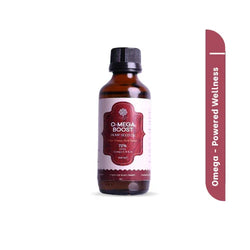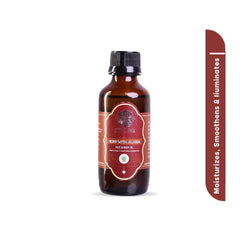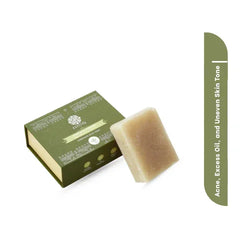“My pretty little snowflake”, sings your mind as you eagerly wait for winter and all its fun. But hark, be cautious!
Changing weather is not kind to skin, especially your child’s delicate skin. Chill, wind and dry winter weather brings with it dryness and flaky skin. So your child’s cheeks may turn unnaturally ‘rosy’ as skin becomes dry and rough.
Before you step into the outdoors with your child, make sure you have followed these tips to protect your child’s skin this winter.
1. The winter nip
Unnaturally rosy cheeks may be a sign of winter’s nip intruding your child’s skin. In very cold climates, the first
2. Year-long sunscreen application
Sunscreens are very effective against protection from harmful sun rays, provided the right product and type is used.
According to a recent study, more than five sunburns before the age of 20 can usher in serious skin conditions. However, sunscreens are commonly thought of as a product to use during the summers. The truth is that, the sun is equally harmful during the winters and we should apply sunscreen yearlong on a child.
UV or Ultraviolet rays of the sun can penetrate through snow, fog, cloud and even be reflected off sand and other surfaces. Protect your kid through the seasons by using sunscreen lotions. Be aware of these application tips of sunscreen lotions -
- Sunscreen for children over 6 months old – Sunscreen should be applied all over and a little carefully around the eyes. If rashes occur consult an expert.
-
Protection for under
6-month kids – Pediatrics advise sunscreens of at least SPF protection factor of 15 to face and hands if they cannot be covered.
Keep newborns out of direct sunlight or clothe them with dresses covering the arms, and hats.
Sunscreen choices – mineral, chemical or natural?
Chemical- Sunscreens – They block out UV rays from sunlight and prevent subcutaneous (under the skin) cells from damage. A better option where children are concerned is the mineral sunscreen, to avoid harsh chemicals.
- Mineral Sunscreens - They include small zinc grains reflecting the sun’s light off the body. Young ones are less prone to allergies with these sunscreens, but they come with their own disadvantage, being a chemical after all. They can be unsafe if the mineral nanoparticles penetrate the soft baby skin.
- Natural - Natural sunscreen lotions made with organic and safe ingredients are best for a child’s sensitive skin and gentle care. Satliva offers Red Raspberry face cream to shield against UVA-induced damage.
3. Dry skin and cheeks protection – Chapped skin is dry skin which has been annoyed by cold or dry air during the winters. Here are a few preventive suggestions:
-
Moisturizers - Avoid fragrance or alcohol composed moisturize. Satliva face, body and hair products are made from a combination of totally
cold-pressed and pure steam distilled essential oils with hempseed oil is the base. Check out Satliva’s range of creams and oils for your baby. - Showering – Steamy, hot showers are to be bypassed in washing your youngster. They tend to scrape the skin's naturally producing oil leaving a wake of dry skin and possibly rashes. Reduce bathing time if the bambino’s skin is dry.
4. Wear breathable clothes
Choose winter garments for the young one which is made of breathable material, i.e., which allows air to circulate freely on the skin. The instinct is to bundle up the toddler cozily.
But, too much protective clothing can lead to chafing skin, heat rash and itchy red streaks caused from pores on the skin getting clogged with sweat. If you notice rashes, use hydrocortisone cream. Most of the time, Hemp with Jojoba Body Oil will be very effective.
5. Choice of soap
Choose soap wisely. Fragrance in soaps may result in acute irritation to your cub. Opt for
Just because it’s winter it does not mean you stay indoors with your kids all day long. Have fun and take in the bracing weather. Only remember your dermatologist and his words of advice for your young ones’ comfort and protection in the cold winter atmosphere.




